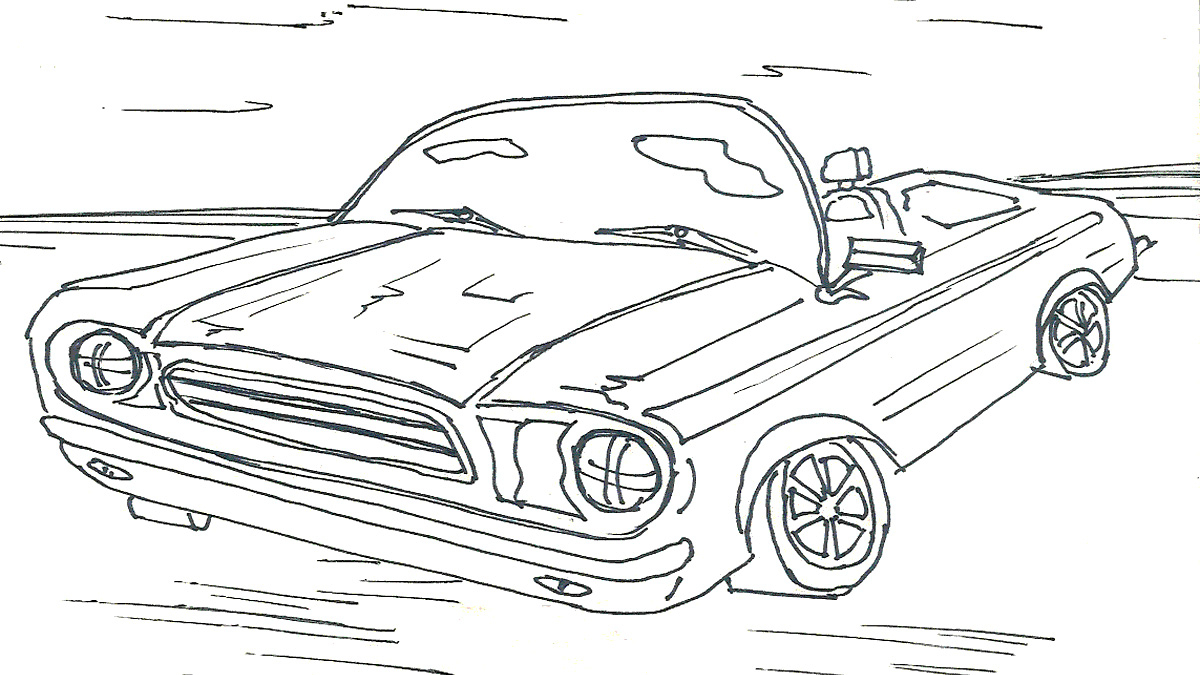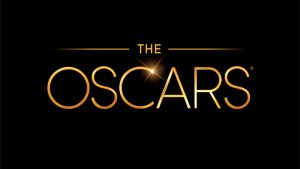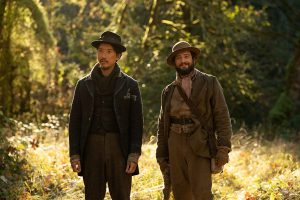What can be added to a genre that is already oversaturated, filled with stereotypes and clichéd movie tropes? The age of the Western has come and passed, yet directors Ethan and Joel Coen still found space to carve out a unique vision of the Western era in The Ballad of Buster Scruggs, expanding upon the ways in which Western stories are told. Indeed, the Coens have long held a fascination with Westerns, as evidenced by their 2010 reboot of the classic John Wayne film True Grit. Originally slated as a six-part Netflix series, The Ballad of Buster Scruggs is a film composed of six different short films, each varying immensely in tone and portraying markedly different visions of the West.
Throughout the film, the Coens experiment with different styles that each find a unique way to criticize Hollywood’s American West and the mythical place it holds in the canon of American popular culture. Some of the shorts feel like episodes of The Twilight Zone, incorporating surreal or supernatural elements, while others portray the realistic love and loss felt by people across all times. Yet not all of the Coens’ criticism of the American West is retrospective. In the process of presenting this anthology, the Coen brothers acknowledge the problems faced by the genre and satirize them, critiquing Hollywood’s often hyper-violent brand of storytelling. While each of the short films is impressive, together they form an anthology that can sometimes feel jumbled, despite their individual strengths.
The Ballad of Buster Scruggs is unlike what most have come to expect from the Coen brothers, yet their style shines through nonetheless. Like most of their movies, The Ballad of Buster Scruggs is chock full of famous actors. Tim Blake Nelson, James Franco, Liam Neeson, Zoe Kazan, and Brendan Gleeson all play prominent roles in the stories told in the meticulously crafted collection. The film begins with a musical short with the same name as the full production, starring Tim Blake Nelson as the eerily unassertive yet deadly outlaw Buster Scruggs. This segment goes to great lengths to push the boundaries of ridiculousness for the genre. When the character gets gunned down and brought to justice at the end of the long musical number, his soul grows a pair of wings and flies up to heaven, the song continuing down below. This first short reveals that the Coens understand the oversaturation of Western films in American popular culture, and they are willing to satirize Hollywood’s long-held affinity for the genre and all of its excesses. The overly violent shootouts in the short stand in starkly contrast the uplifting soundtrack, delightfully critiquing the desensitization to violence instilled in us by decades of gory action films.
Other shorts take a distinctly more somber tone than the first, with perhaps the most impactful among them being “The Gal Who Got Rattled.” The short tells the story of Alice Longabaugh (Kazan), whose brother signs the two of them up to head west on the Oregon Trail. When her brother suddenly falls ill and dies, Alice is left stranded and without a means to pay for the man driving her wagon. She confides in one of the guides of the expedition named Billy Knapp (Bill Heck), with whom she establishes a close relationship. Eventually, she falls in love and is proposed to by Knapp, who wins her over with his thoughtful, caring character and knowledge of the land. Unfortunately, while looking for her brother’s lost dog in the American plains, Alice is ambushed by a group of Native American warriors. Though another guide named Mr. Arthur (Grainger Haines) comes in time to fend off the attacking party, Alice kills herself out of fear that she’ll be captured. The depiction of Native Americans as blood-thirsty killers may strike some as troublesome, despite the Coens’ heavily reliance on satirization of Western tropes.
The tragic story has a markedly different tone than “The Ballad of Buster Scruggs,” showcasing the Coens’ breadth of filmmaking expertise. While for many years it has seemed that the romanticized vision of the West presented by Hollywood has been totally overdone, the Coens find ways of pulling on the viewers’ heartstrings, proving that no genre is incapable of innovation and revitalization.
While audiences will doubtlessly be impressed by the range of emotions that Buster Scruggs is able to elicit, the film’s tonal confusion ultimately detracts from its overall cohesiveness. The shorts have no overarching plot or recurring characters; the only form of connection between them comes from segments between shorts presenting each as stories within the same book. The stark differences between each of the shorts leaves one to wonder why the Coens opted to conglomerate each into a single anthology film rather than go through with Netflix’s original plan for a six-part miniseries.
Yet, despite these problems, most viewers will be able to find something to enjoy in The Ballad of Buster Scruggs, regardless of whether they’re fans of the Coens or not. The film proves that revitalization is possible for Westerns, and that solid storytelling shines through regardless of setting.





